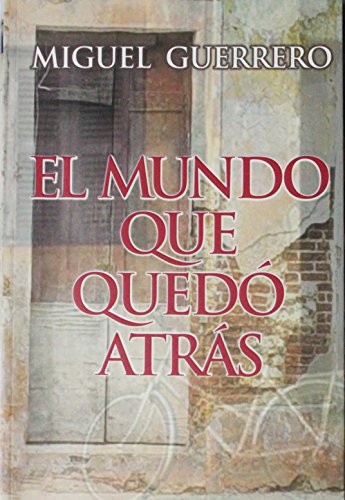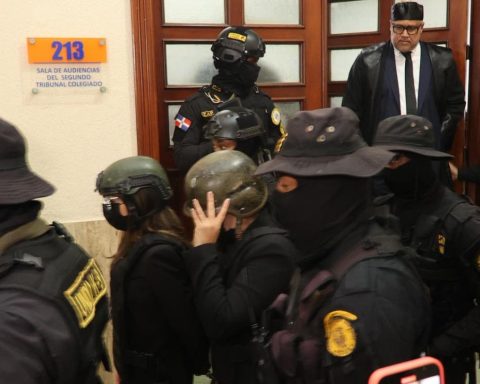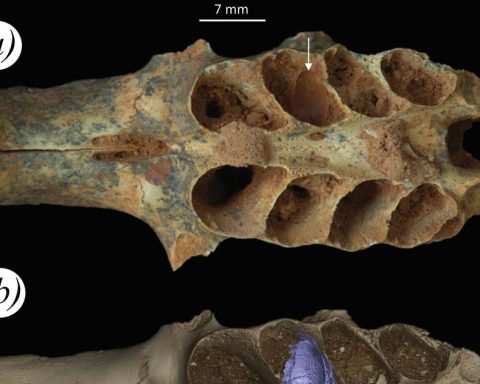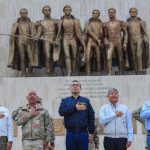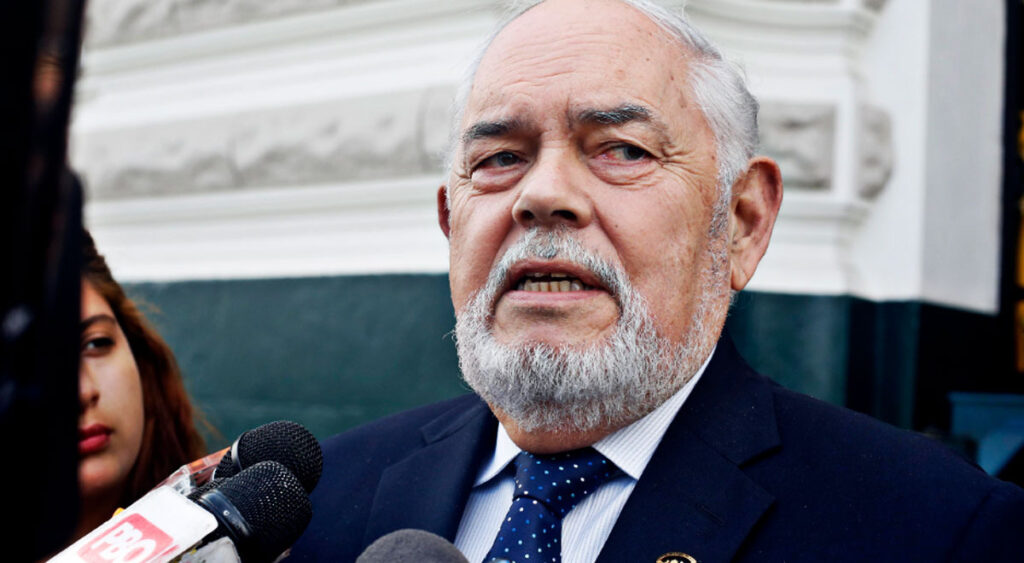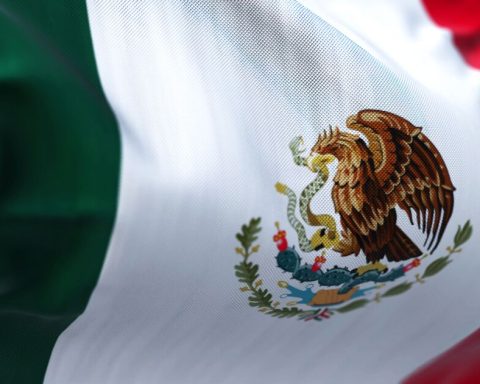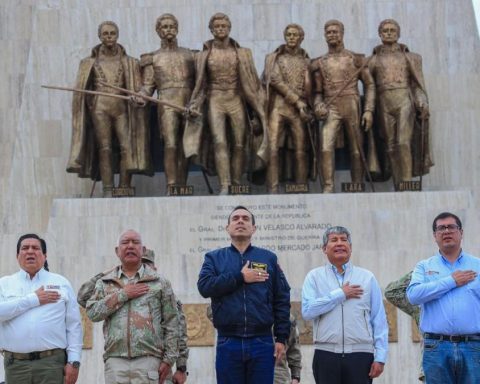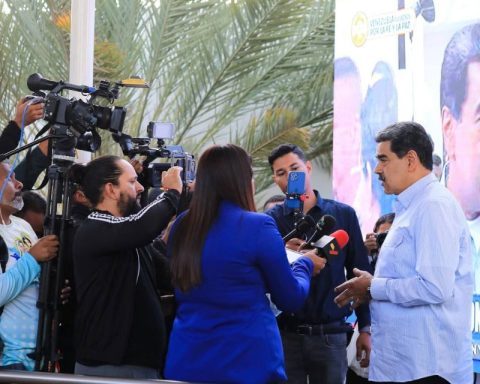Through the centuries, Jerusalem, which means “City of Peace”, something that paradoxically has not known. It has been the center of disputes and the target of conquerors. Christians, Muslims and Jews claim hegemony over it, but only the latter have been emotionally and spiritually attached to Jerusalem over time. Its control has passed from one religion to another and it has been destroyed and blocked more than 20 times in the last 3,000 years. The Jerusalem area was promised to two tribes of Israel, when that place was divided up at the dawn of history.
In the year 1000, before the present era, King David conquered the city and established his capital there. His son, King Solomon, built the temple transforming the city into the spiritual and religious center of the tribes that then made up the people of Israel. The hosts of Nebuchadnezzar, king of Babylon, destroyed it but the Jews returned from exile in 455 BC. It was later in the hands of the Maccabees and Herod the Great made a gigantic city of it much later.
The Arabs did not reach Jerusalem until 636 AD and the Caliphs ruled it for 500 years. In this period it was called Al Makdas .the Venerable Sanctuary. because of his holiness. The crusaders evicted the Caliphs in 1099 and it was then designated the capital of Palestine, but the Arabs had already left their mark by building many mosques and other Islamic sanctuaries there. The Muslims had driven out the Romans, who had transformed Jerusalem into a pagan city they called Aelia Capitolina and after a century the Saracens took over the city and remained there for 300 years. The Turks also made Jerusalem an objective of their then growing empire and in 1517 Sultan Suleiman conquered it, building high walls that still stand today to protect it from foreign aggression.
For centuries, Jerusalem grew, languished and rose again from its ashes within the narrow physical spaces imposed by the walls built by one conqueror and another, and it was not until the middle of the 19th century that the first neighborhood outside the city was built. walled, with which what is now known as New Jerusalem was born and in which, as a result of the division that arose as a result of the war of independence of 1948, the Israelis established their government. The English took the city in 1917 after defeating the Turks in World War I, thus ending four centuries of Ottoman rule. Jerusalem then became the seat of the British Military Administration, which expired on May 14, 1948 with the declaration of the birth of the Jewish state, a decision taken under the United Nations resolution that had, months before, approved the partition of Palestine for the formation there of two independent states, one Jewish and the other Palestinian Arab.
With the destruction of the Second Temple, in the year 70 of the Christian Era, Jerusalem became a profane city under Roman aegis, beginning the Diaspora that lasted until the official proclamation of the birth of modern Israel, just over seven decades ago. barely. After the war of independence, the city was divided. Only the new part of Jerusalem remained in the hands of the Jews. The Old City, with its ancient walls and holy places, became occupied by Jordan. It was not until June 1967, when the city was reunited and Israel established sovereignty over all of it, as a result of the so-called Six Day War.
The bond of each Jew with Jerusalem has been so great throughout history, that every day, in Israel or in the Diaspora, he developed the tradition of praying three times in the direction of the city for the return to it.
At the wedding, the groom breaks a glass in mourning for its destruction and that of the Second Temple, and in the event of death, the usual form of condolence was to tell the bereaved to settle for the rebuilding of Jerusalem. The 9th of the month AB (of the Jewish calendar), the anniversary of the two destructions of Jerusalem, is a day of fasting and mourning for the Jews. And in exile, every time a Jew built a house he usually left an unpainted wall in memory of the city’s destruction.
–0—
Around the Middle East crisis and its origins and causes, many falsehoods have been woven, perpetuated by time and ignorance. None contributed to distorting reality as much as the one that the creation of the State of Israel was the result of a kind of Jewish gold conspiracy. Contrary to that belief, in certain generalized circles, the truth is really another.
In its beginnings, the Israelis had to overcome innumerable limitations, product of their poverty. Israel is essentially a pioneering effort. The various waves of European immigrants who arrived in Palestine since the second half of the 19th century were made up, for the most part, of rough and very poor families thirsty for freedom and full of idealism. The wealthy Jewish communities were never overly enthusiastic about the idea of a return to the promised land. Like orthodox religious groups, which held out the hope of a return to Zion by virtue of a divine mandate and through the efforts of the Jews themselves, wealthy Jews in the Diaspora instinctively or militantly rejected the project of a National Home in the land of their ancestors as a pilgrim idea.
The Basel Congress, at the end of the 19th century, added very few arguments to the spirit of these communities, scattered throughout the world. The projects of Theodore Herzl, father of Zionism, basically encouraged the spirit of young people and poor Jews tired of discrimination and the winds of anti-Semitism that were blowing across most of Europe. Most of them were fleeing pogroms or escaping the numerous Jewish demarcations, which confined the life of Jewish communities to the narrow perimeters of ghettos in Czarist Russia and other Eastern European nations. They were pioneers in search of freedom, peace and a piece of land. Palestine was the natural and historical destination, because its roots were there. In the ancient walls of Jerusalem and in all corners of those biblical lands, the Jewish presence and traditions had managed to survive the cruelty of strange conquerors over the centuries.
They had always encouraged in their prayers and in their writings, the longing for a return to the land that they continued to consider as theirs for 2,000 years of dispersion, tempered by cyclical waves of anti-Semitic vandalism. The destiny of Israel was definitively marked in its formative years by the second great wave of immigrants, arriving at the ports of Palestine between 1906 and 1914. None exerted such a decisive and lasting influence on the character of the future nation as that second aliyha. . They were not numerically many. His resources were scarce. And very few of them were truly in the spirit of pioneering. However, what is today the modern state of Israel bears the mark of that handful of men and women. In his book The Jewish Rebellion, Jacob Tsur says: “Thanks to them many specific ideas and structures have survived to this day: the new social forms, the spirit of cooperation, austerity raised to the rank of virtue, the cult of work and the respect for the worker, an irreducible zeal in the pursuit of the objective”.
As in many of their places of origin, Jews were prohibited from working in agriculture and doing other “dignified jobs.” the first kitbuz were titanic works of the imagination. They had to deal with all kinds of difficulties: the scarcity of resources, a hostile environment and a barren and abandoned land. Malaria, famine, and constant raids by armed hordes, who stole the product of their efforts, ended up discouraging many of them. But the Israel of today is the legacy of those who stayed and reconquered with their work the right to own a land of which they had been dispossessed many centuries ago.
–0—
The months of October and November 1983 were extremely violent in the Middle East. Behind the sad events of those months in Lebanon, a terrible reality was hidden that the international community was reluctant to accept and that was nothing more than the growing degree of rivalry between the Arabs, which meant that they did not need foreign aid to hurt each other. When the world screamed in outrage at the horrific massacres of Palestinians in the Shatila and Sabra refugee camps in 1982, the accusations of genocide against Israel were intended to ignore the undeniable truth behind these events. No one mentioned the crucial fact that the Palestinians had been mowed down by Lebanese adversaries in retaliation for the murder of Maronite leaders in a heinous bombing attack.
Plane hijackings, the killing of athletes, and the placement of dynamite charges in schools, public markets, and other terrorist actions always found public justification. When the Israeli armed forces entered Lebanese soil, amidst the chaos in which that destroyed country was immersed, international condemnation ignored the brutal fact that two other foreign armies had been fighting there for some time: Syrian and Palestinian guerrillas.
Claims aimed at restoring Lebanese sovereignty continue today to ignore this circumstance. However, there was already compelling evidence at that time of active Syrian participation in combat against Lebanese forces and in support of Palestinian rebel factions that were fighting to destroy the leadership of Yasser Arafat. Nor was it ironic that international groups and leaders then silenced their cry of despair at the cruel massacres that the Syrian army, with the help of Palestinian rebels, was causing in refugee camps in central Lebanon. According to statements made by Arafat at the time, the harassment in those days was backed up by firing rockets and artillery fire at a rate of approximately one per second. This had resulted in the deaths of hundreds of Palestinian youth, women, old men and children, events that did not arouse the same sense of indignation that an earlier massacre had provoked, only perhaps because Jews were not involved in it.
From my point of view as a columnist, he could not explain to me the reasons why the arrest of a leftist militant in a certain country, or the death of four people in a street fight in Chile, was capable of unleashing a wave of indignation and the severe protest of international leaders, while those same leaders remained silent in the face of the horrific massacre of Palestinians by other Arabs, and the fanatical dynamiting attacks against the barracks of American, French and Israeli soldiers in Lebanon, with hundreds of casualties.
We had among us, unfortunately, constant examples of this singular political hypocrisy. Perhaps the answer lay in the deplorable fact that we were actually experiencing a process of inversion of values and that all kinds of atrocities could be committed in the name of a revolutionary cause.
